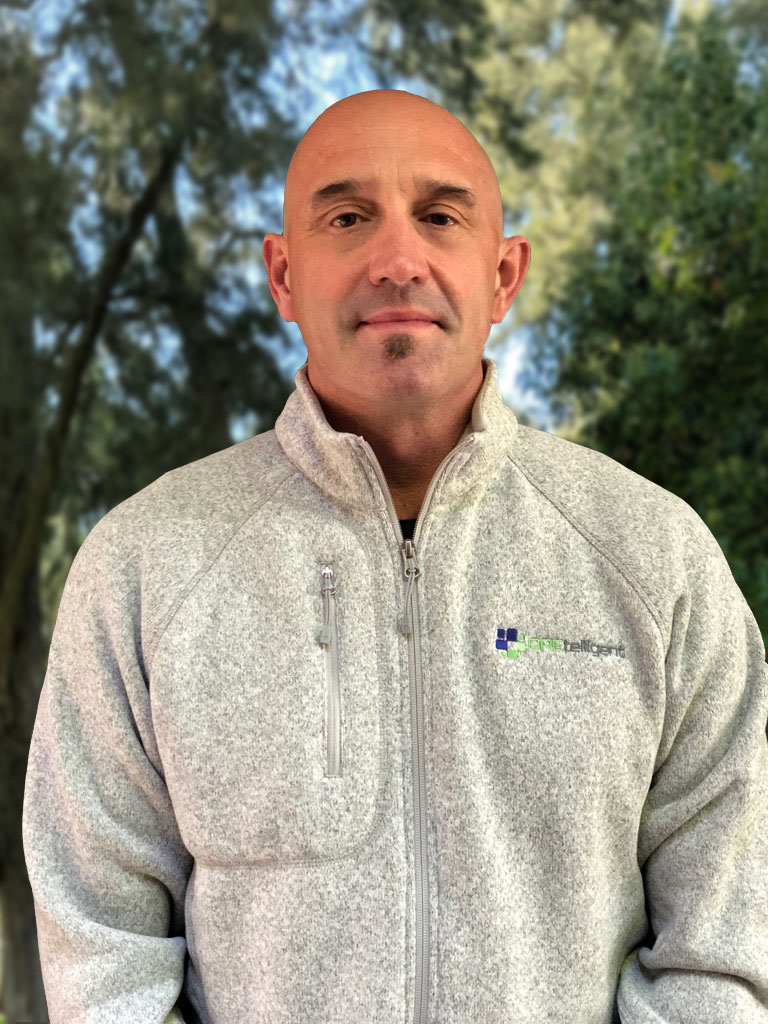Can a Dry Cleaner Take You to the Cleaners?
By: Scott Leonard | 3/12/20
While the use of HVOCs in the dry cleaning industry has declined in recent years, as recently as 2008, the EPA estimated that 85% of U.S. dry cleaners still used these solvents in their daily operations. Unlike petroleum contaminants, which degrade and dissipate over time, HVOCs can persist in the subsurface media for decades without breaking down. Even if all dry cleaning chemicals (HVOCs) were banned tomorrow, historic releases continue to pose risks to human health, the environment, and financial liability for decades to come.
In addition to their longevity in the environment, dry cleaning chemicals are extremely mobile. The chemical and physical properties that make HVOCs such excellent chemicals for effectively removing stains and grease from fabrics also make them extremely difficult to contain and manage. Dry cleaning chemicals leaked or spilled from the containers, machines, or plumbing can migrate through concrete flooring and plumbing into the subsurface media. These chemicals, once in the subsurface, readily dissolve into groundwater, sorb onto soil surfaces, and can reside in soil vapor. Once dissolved in groundwater, these chemicals can migrate significant distances. In fact, a 1999 Livermore study determined that the median dry cleaner contamination plume was about 1,600 feet (upwards of a quarter-mile). Additionally, due to their chemical properties, HVOCs in shallow groundwater can off-gas into soil vapor above the groundwater plumes, creating potential vapor intrusion concerns to properties above these plumes.
Does this mean that every site that has ever hosted a dry cleaner is contaminated, or is contaminating the neighbor across the street?
Absolutely not! Nevertheless, the dry cleaning industry has a “prevalence” when it comes to contamination. The State Coalition for the Remediation of Drycleaners (SCRD) estimates, “as many as 75% of U.S. dry cleaning facilities are contaminated.” Thus, lenders, regulators, and environmental due diligence companies are taking an increasingly cautious approach to their risk calculations. Phase I Environmental Site Assessments (ESAs) must now evaluate the potential for vapor intrusion concerns among sites within prescribed search radii. It is likely that environmental consultants will indicate off-site dry cleaners located within 100 feet of their subject sites are Recognized Environmental Conditions (RECs) and/or vapor intrusion concern and recommend sampling to determine whether there is an increased risk from subsurface vapors.
While sampling may seem expensive, the cost of remediation of soil, soil vapor, or shallow groundwater can be costly. Industry experts estimate the average cost to clean up contaminated soil ranges between $400,000 to $500,000 but can run as high $3 million when groundwater is impacted. Therefore, it is recommended that property owners check in with their insurance brokers to make sure their current policies cover environmental consulting, legal, and cleanup costs. It is also wise to be proactive. Ordering sampling to ascertain whether a tenant has contaminated the soil beneath your site may seem expensive, but spending thousands now could save significant clean-up costs down the road.
Let eScreenLogic’s Environmental Professionals Help.
While the above information may be daunting, it demonstrates the importance of commercial real estate due diligence during the initial stages of commercial transactions. Having accurate historical information on commercial real estate and a solid understanding if an active or historical dry cleaner has impacted a property is powerful information. This information can be useful in determining deal/no deal, negotiating better sales price, creating financial set-asides for cleanup, or determining if a current tenant can be financially responsible for investigation and remediation. The environmental professionals at eScreenLogic have extensive experience with the interpretation of potential historical risks to commercial real estate. We also are proficient in cost-efficient subsurface investigations to effectively determine if a dry cleaner (current or past) have impacted subsurface media. If you have concerns regarding dry cleaners and your properties, please do not hesitate to contact our client success managers for further information and guidance.


















